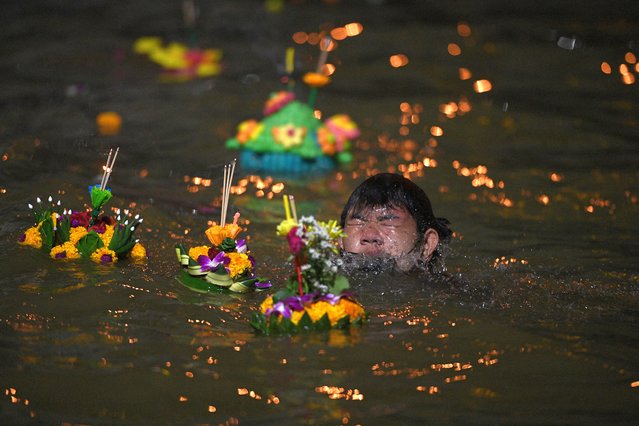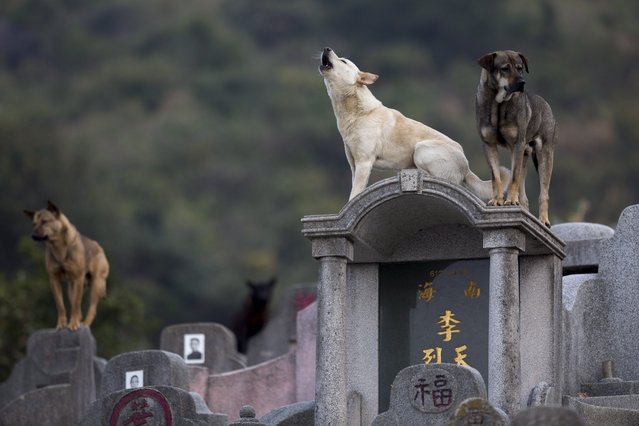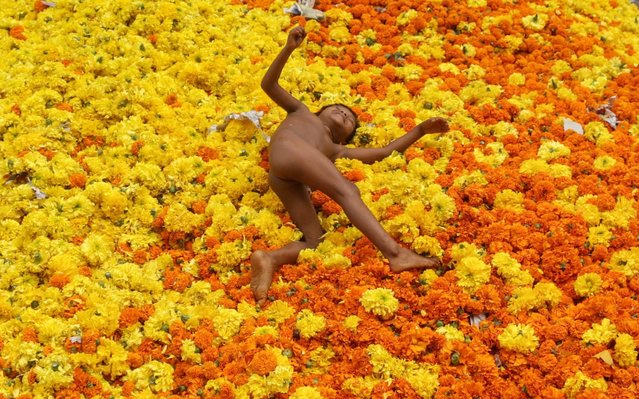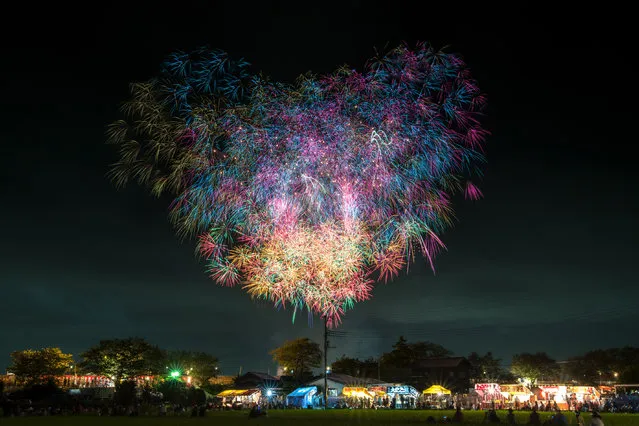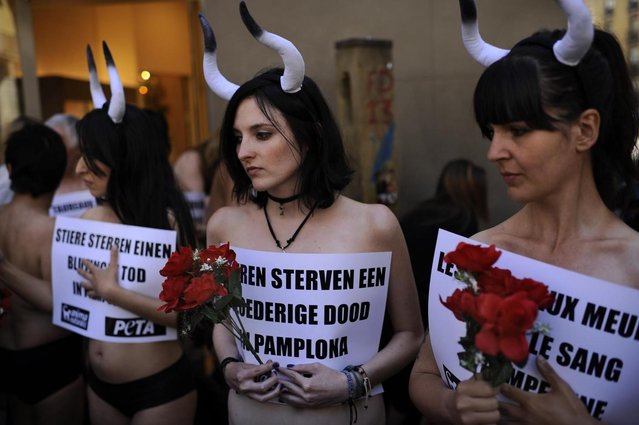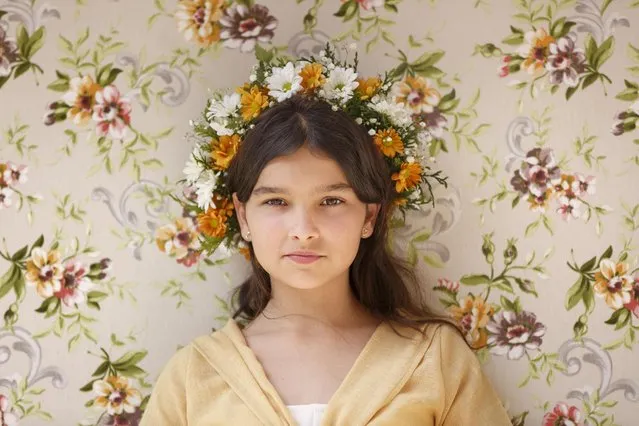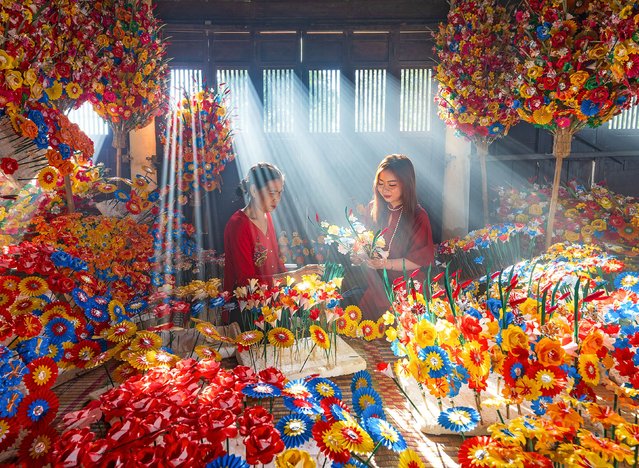
Women work on a colourful display of paper flowers ready to be showcased during the traditional Tet Nguyen Dan festival in Thanh Tien, Vietnam early February 2024. Tet celebrates the arrival of Spring according to the Vietnamese calendar, often celebrated in the early weeks of February, and is this year being held on February 10. (Photo by Nguyen Sanh Quoc Huy/Solent News)
09 Feb 2024 10:51:00,post received
0 comments

